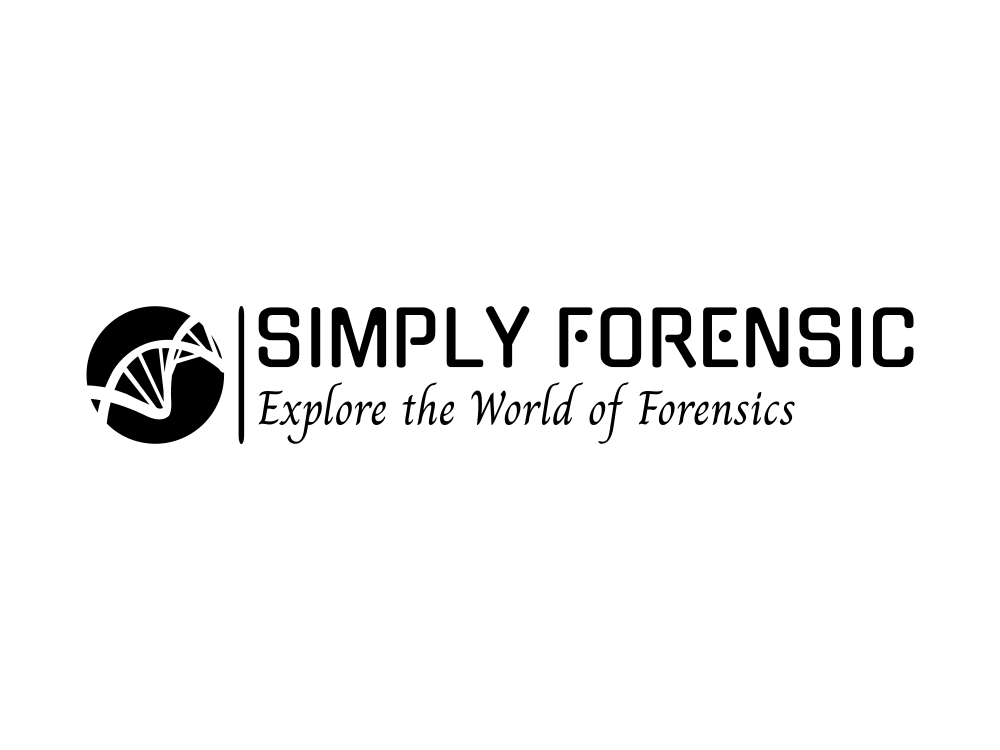Beyond the Surface: Extending the Forensic MRI Window for Living Strangulation Victims
The "Silent" Violence In forensic casework, few things are as frustrating as the disconnect between a victim's account of a life-threatening struggle and the lack…
Nanoparticles for Fingerprints: A Surface-Specific Guide
We have all been there: staring at a faint, smudged ridge pattern on a "nightmare" surface—maybe a textured dashboard or a porous receipt—wishing the development…
Does Age Affect Cranial Sex Estimation? A New Study Review
Does skeletal aging impact sex estimation from the skull? We break down new research on the Walker traits and its practical implications for forensic anthropology.
Making Sense of DNA Patterns: New Research on DNA Transfer and Activity-Level Modeling
New research from Flinders University used video and Bayesian network modeling to map DNA transfer during social interactions, confirming that background DNA and shedder status…
The Genomic Revolution: Why SNPs and FGG Are the Future of Forensic Science
New research argues that genomics is revolutionizing forensic science. SNP testing and FGG overcome STR limits, leveraging aDNA techniques to solve cold cases and deliver…
Quantifying Illicit Drugs: Benchtop NMR as a Cost-Effective Forensic Solution
New forensic chemistry research validates benchtop NMR spectroscopy combined with a quantum mechanical model for accurate, cost-effective, and simultaneous quantification of methamphetamine, cutting agents, and…
Washing Machine DNA: The Challenge of Extra Alleles in Forensic Interpretation
New forensic research quantifies the risks of DNA transfer and degradation in washing machines, finding that profiles from laundered clothes must be treated as complex,…
How Light-Based Analysis Can Determine the Sex of Blowfly Larvae
A new study from Texas A&M uses infrared light and machine learning to accurately and non-destructively determine the sex of blowfly larvae, a key breakthrough…
A New Era of Rapid eDNA Extraction for On-Site Forensic Analysis
New research on rapid DNA extraction methods for environmental DNA (eDNA) reveals that simple, heat-based solutions are more effective than traditional lab kits, paving the…
How the Degradation Index and DNA’s ‘Story’ Can Improve Forensic Profiles
New research shows that while the DNA Degradation Index (DI) is a valuable tool for assessing degraded DNA, it's not the full story. This study…
Beyond the Femur: A New Consensus on the Best Bones for DNA Analysis
A new review challenges traditional bone sampling protocols, highlighting recent research that shows smaller, porous bones and the petrous bone are often superior sources of…
A Proteomics Approach: A New Method for Detecting Adulterated Drug Test Samples
In forensic toxicology, one of the most persistent challenges isn't just detecting drugs, but ensuring the samples themselves haven't been tampered with. Individuals facing drug…
mRNA Degradation: A Promising New Frontier for Postmortem Interval Estimation in Forensic Pathology
A new systematic review explores the potential of mRNA degradation patterns to more precisely estimate the postmortem interval (PMI) in forensic pathology, highlighting key mRNA…
SNaPshot vs. MPS: Revolutionizing Body Fluid Identification in Forensic Genetics
A new study comprehensively compares SNaPshot and Massively Parallel Sequencing (MPS) for forensic body fluid identification using DNA methylation markers, revealing their strengths, limitations, and…
Ethyl Acetate in E-Liquids: Implications for Forensic Breath Testing
New research identifies unlabeled ethyl acetate in common e-liquids, revealing its potential to convert to ethanol in vivo and cause false positive breath alcohol test…
Quantitative Investigation of Diatom Dispersion in Lung Tissue of Confirmed Drowning Incidents
New research quantifies diatom distribution across different lung regions in confirmed drowning cases, confirming the left superior lobe as optimal for L/D-ratio calculations while suggesting…
Sexome Forensics: Tracing Genital Microbial Signatures
Forensic researchers now explore the “sexome”—the unique bacterial fingerprint on genitalia left after sex. This breakthrough can help identify perpetrators even when traditional DNA tests…
AI Surpasses Human Accuracy in Sex Determination from Skulls
CSIRO researchers have developed an AI tool that outperforms human experts in determining biological sex from skull CT scans, achieving 97% accuracy in record time.
The Role of Cats in Human DNA Transfer: A Forensic Perspective
Introduction: Silent Witnesses in Forensics When investigating crime scenes, unconventional sources of evidence, like pets, are increasingly gaining attention. A groundbreaking study published in Forensic…
Direct Comparison of Body Fluid Identification Technologies
Explore the latest advancements in body fluid identification technologies. Learn how mRNA profiling, DNA methylation, and proteomics outperform traditional methods in forensic investigations.





















